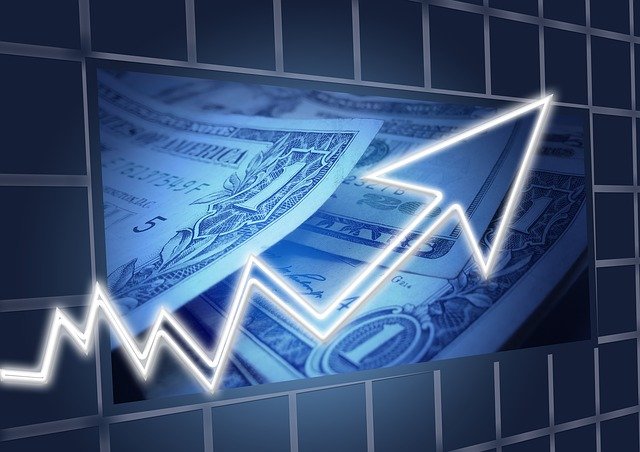The yield on the 2-year U.S. Treasury note climbed for a seventh straight trading session on Friday and inched further above its highest levels in almost 15 years, as investor unease grew ahead of an expected interest rate increase by the Federal Reserve next week.
The rise in the 2-year yield continued to outpace that of the 10-year yield, driving a deeply inverted Treasury curve that’s flagging worries over the economy.
What yields are doing
- The yield on the 2-year Treasury note TMUBMUSD02Y, 3.892% rose to 3.901% from 3.871% on Thursday. Thursday’s level was the highest level since Oct. 31, 2007, based on 3 p.m. yields, according to Dow Jones Market Data.
- The yield on the 10-year Treasury note TMUBMUSD10Y, 3.439% rose to 3.464% from 3.458% on Thursday. Thursday’s level was the highest since June 14.
- The 30-year Treasury bond yield TMUBMUSD30Y, 3.498% rose to 3.504% from 3.479% late Thursday.
What’s driving the market?
Traders are bracing for next week’s Federal Reserve meeting where some are calling for a 100 basis point rise in the benchmark policy rate, following a hotter-than expected U.S. inflation report for August on Tuesday that sent stocks to their worst one-day performance since June 2020.
Fresh economic gloom came from FedEx Corp. FDX, -22.62%, after the global shipper withdrew its annual outlook late Thursday and forecast sharply lower quarterly profit and lower revenue. FedEx’s warning weighed on the broader stock market, with major indexes all lower in morning trading.
Read: ‘Simply staggering.’ FedEx hit with downgrades, price target cuts as warning shocks Wall Street.
Yields have been rising on expectations the Federal Reserve will hike by at least 75 basis points next week and keep rates higher for longer. That has intensified a yield-curve inversion between 2- and 10-year Treasurys, where the former is more than 40 basis points higher than the later.
Fed funds futures traders are pricing in a 22% chance of a jumbo-size hike of 100 basis points, or a full percentage point, and a 78% chance of a 75-basis-point increase, according to the CME FedWatch Tool.
In data on Friday, the University of Michigan’s consumer sentiment index climbed to a five-month high in September, while 5-year inflation expectations slipped to 2.8% from 2.9%
What strategists are saying
“All else being equal, we continue to see upward pressure on front-end yields as the Fed’s next hike quickly approaches,” said BMO Capital Markets strategists Ian Lyngen and Ben Jeffery. “Unsurprisingly, 2s/10s has continued to drift lower, reaching -45 bp overnight and very quickly putting the cycle extreme of -58 bp into range. The depths of the inversion will be tested in the near term and a -75 bp target remains our base case as the 2-year sector adjusts to the potential for another 75 bp hike in November and the Fed’s updated terminal rate forecasts.”

